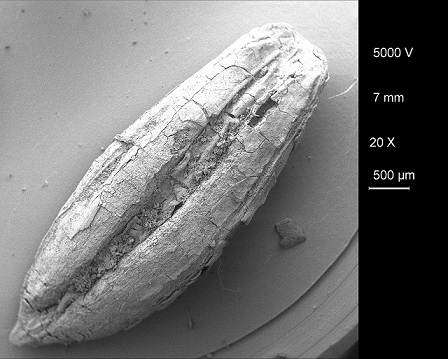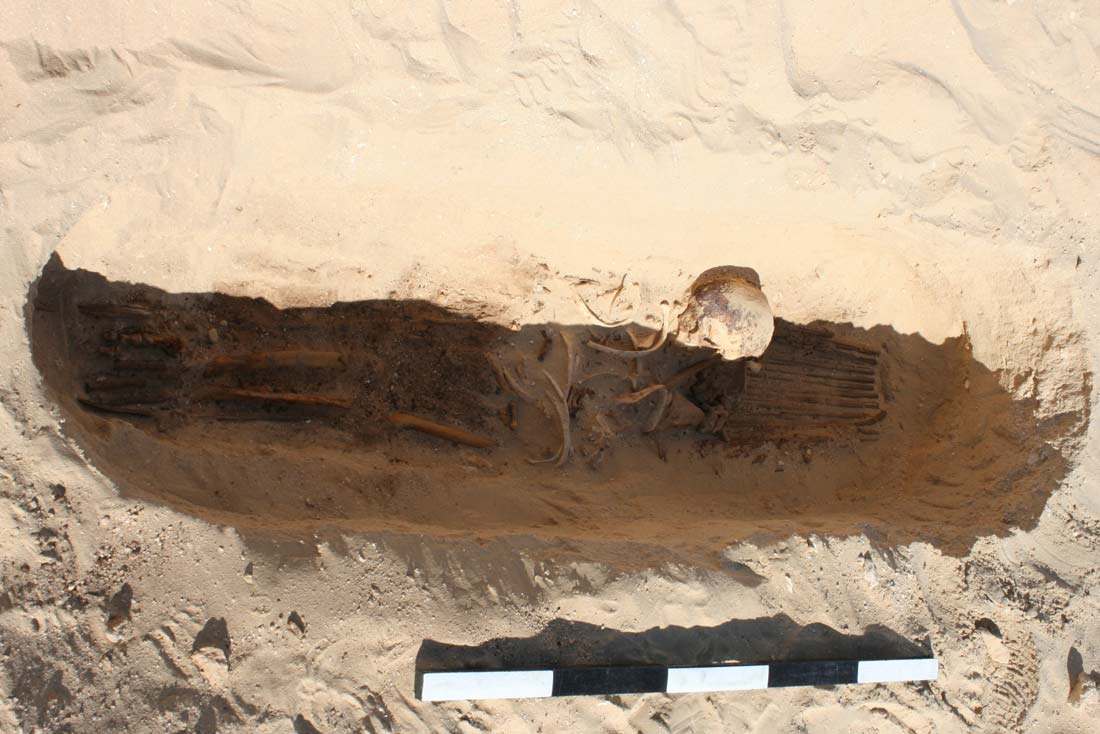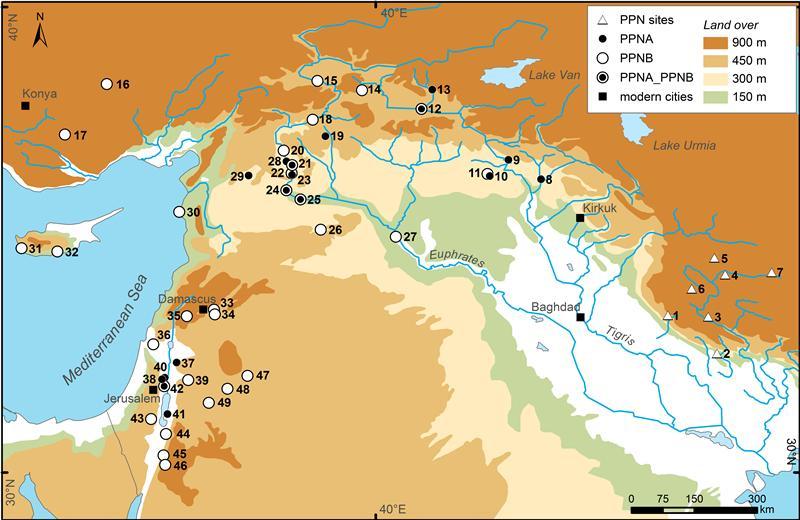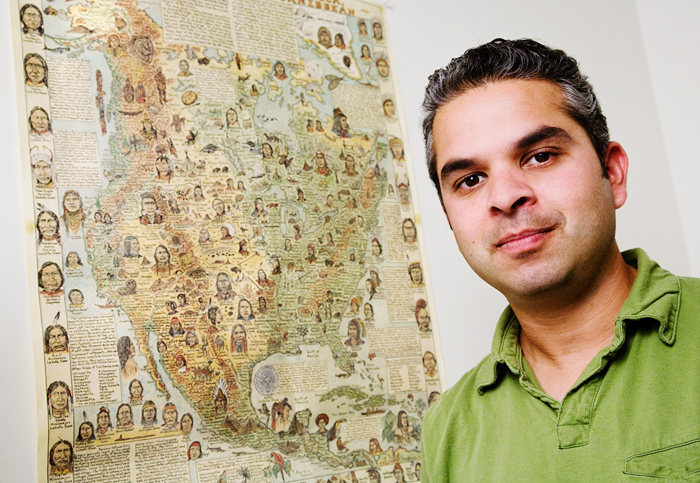First Christopher Hitchens took her down, then we learned that her faith wasn't as strong as we thought, and now a new study from the Université de Montréal is poised to completely destroy what shreds are left of Mother Teresa's reputation. She was the winner of the 1979 Nobel Peace Prize, was beatified and is well on her way to becoming a saint, and she's universally admired. As Wikipedia notes:
[She was] named 18 times in the yearly Gallup's most admired man and woman poll as one of the ten women around the world that Americans admired most. In 1999, a poll of Americans ranked her first in Gallup's List of Most Widely Admired People of the 20th Century. In that survey, she out-polled all other volunteered answers by a wide margin, and was in first place in all major demographic categories except the very young.The criticisms of Agnes Gonxha, as she was christened, have been growing for a long time. I wasn't aware of them until I read Christopher Hitchens's cleverly titled book, The Missionary Position: Mother Teresa in Theory and Practice, which I found deeply disturbing. The book is polemic at Hitchens's best, and though the facts were surprising, he was never sued and his accusations were never refuted - nor even rebutted. (You can read excerpts here and here, but I urge you to read the book.) In light of that, I accepted Mother Teresa as a deeply flawed person.











